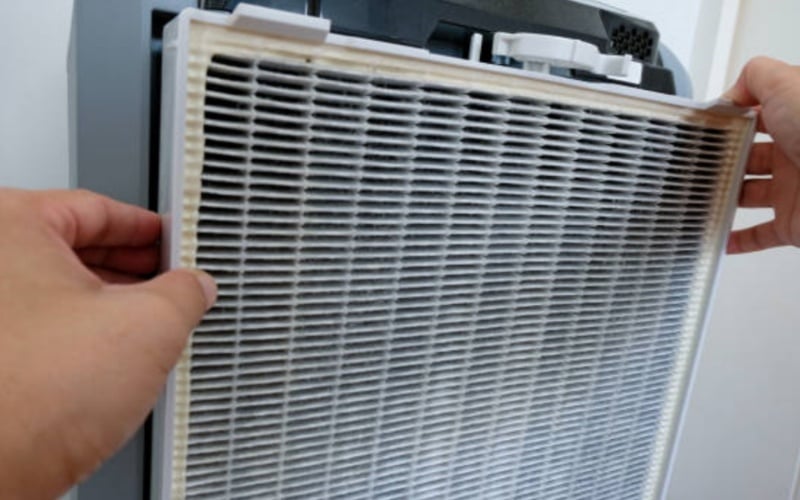how do heat sink heat pipes work: A Comprehensive Guide
Heat sink heat pipes play a crucial role in dissipating heat and maintaining the optimal temperature of electronic devices. These innovative devices are commonly used in computers, smartphones, and various other electronic systems. In this article, we will explore the inner workings of heat sink heat pipes and understand how they effectively transfer heat. So, let's dive in and unravel the mysteries of heat sink heat pipes!
What Are Heat Sink Heat Pipes?
Heat sink heat pipes are highly efficient heat transfer devices that utilize the principles of thermodynamics to move heat away from a heat source and disperse it into the surrounding environment. These pipes consist of a sealed copper or aluminum tube filled with a special working fluid, typically water or a combination of water and other substances like ammonia or methanol. The working fluid inside the pipe undergoes phase change, absorbing and releasing heat in the process. This allows heat to be transferred from the heat source to the heat sink, effectively cooling the electronic device.
The Working Principle of Heat Sink Heat Pipes
Heat sink heat pipes rely on two key principles: phase change and capillary action. When the heat source raises the temperature of the working fluid inside the pipe, the fluid changes from a liquid state to vapor, absorbing the heat in the process. This phase change occurs at the evaporator section of the heat pipe, which is in direct contact with the heat source. The vapor then travels to the condenser section of the heat pipe, where it condenses back into a liquid state, releasing the absorbed heat. This phase change process is continuous as long as there is a temperature difference between the heat source and the heat sink, ensuring efficient heat transfer.
The Role of Capillary Action
Capillary action is another crucial aspect of heat sink heat pipes. The inner walls of the heat pipe are lined with a capillary structure, typically made of sintered metal or a wick structure. This capillary structure helps to facilitate the movement of the working fluid from the condenser to the evaporator section. As the vapor condenses into liquid, the capillary structure wicks the liquid back to the evaporator section, allowing the cycle to continue. This capillary action ensures a continuous flow of the working fluid, enhancing the overall heat transfer efficiency of the heat sink heat pipe.
Optimal Heat Pipe Design
Designing an effective heat sink heat pipe requires careful consideration of various factors. The length, diameter, and material of the heat pipe, as well as the working fluid used, all play a crucial role in determining its performance. Longer heat pipes provide a larger surface area for heat transfer, while wider pipes allow for higher heat transfer rates. Copper and aluminum are commonly used materials due to their excellent thermal conductivity. Additionally, the choice of working fluid depends on the desired operating temperature range and other specific requirements of the application.
Advantages of Heat Sink Heat Pipes
Heat sink heat pipes offer several advantages over traditional cooling methods. Firstly, they provide a highly efficient means of heat transfer, allowing electronic devices to operate at lower temperatures and reducing the risk of overheating. This can significantly extend the lifespan of the device and improve its overall performance. Additionally, heat sink heat pipes are lightweight, compact, and can be easily integrated into various electronic systems without adding excessive bulk. They also operate silently and require no external power source, making them a reliable and energy-efficient cooling solution.
Applications of Heat Sink Heat Pipes
The versatility of heat sink heat pipes makes them suitable for a wide range of applications. They are commonly used in desktop and laptop computers to cool the central processing unit (CPU) and graphics processing unit (GPU). Heat sink heat pipes are also found in smartphones and tablets to dissipate heat generated by the battery, processor, and other components. Furthermore, they are utilized in LED lighting systems, laser diodes, power electronics, and even in spacecraft to regulate temperature in extreme environments. The efficiency and reliability of heat sink heat pipes make them an indispensable cooling solution in various industries.
Challenges and Limitations
While heat sink heat pipes offer numerous benefits, they also face certain challenges and limitations. One limitation is the maximum heat carrying capacity of the heat pipe, which depends on factors such as the working fluid, pipe dimensions, and the cooling capacity of the heat sink. If the heat load exceeds the capacity of the heat pipe, the cooling performance may be compromised. Additionally, heat sink heat pipes can be sensitive to orientation, which means their efficiency may vary in different positions. Finally, manufacturing heat sink heat pipes with complex shapes or custom designs can be challenging and costly.
Maintenance and Care
To ensure optimal performance and longevity of heat sink heat pipes, proper maintenance and care are essential. Regular cleaning of the heat sink fins and ensuring proper airflow around the heat sink will help prevent dust buildup and maintain efficient heat transfer. It is also important to avoid physical damage to the heat pipe and ensure that the system is not subjected to excessive vibration or shock. If any signs of leakage or damage are observed, it is recommended to seek professional assistance for repair or replacement.
Conclusion
Heat sink heat pipes are an ingenious solution for efficient heat transfer and cooling in electronic devices. By harnessing the principles of thermodynamics, these devices effectively dissipate heat and maintain optimal operating temperatures. With their compact size, lightweight design, and high heat transfer efficiency, heat sink heat pipes have become a vital component in various industries. By understanding how heat sink heat pipes work, we can appreciate the significant role they play in keeping our electronic devices cool and functioning optimally.

